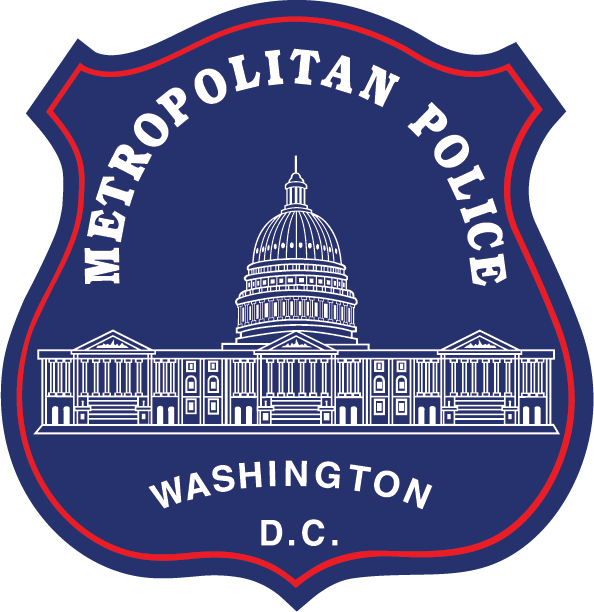Motor vehicle crashes are the number one cause of death of children over the age of six months in the United States. The proper use of child car seats is one of the simplest and most effective methods available for protecting the lives of our young children in the event of a motor vehicle crash.
Please make sure that children are properly protected while traveling in a motor vehicle. Only the correct use of child car seats will offer the protection your child needs. So please be aware of the facts listed on this page regarding the proper use of child car seats.
General Information
There are over 70 different types of child car seats on the market today. Each one must meet federal standards and all provide good protection for your child when used correctly. The "right" seat for you is largely a matter of personal choice. Choose a seat that fits your child and your car, read the instructions carefully, and use the seat correctly on every trip.
Correct Use of Child Safety Seats
-
Read the manufacturer's instructions for your car seat.
-
Face the seat in the proper direction.
-
Infant seats always face backwards; baby rides in a semi-reclining position facing the rear of the car.
-
Convertible seats face backwards in a semi-reclining position for infants under 20 pounds and under 1 year of age, and forward in an upright position for toddlers.
-
Always buckle the seat's harness system securely to hold your child safely in the seat. Allow no more than one finger-width of slack between your child's collarbone and the harness strap.
-
Secure the child seat with a seat belt.
-
Anchoring the seat properly with a seat belt is critical. A seat that is not buckled securely to the car can tip over, slide sideways or, in a crash, be ejected from the car.
-
Check your instructional manual to find out how to route the seat belt properly and fasten it tightly.
Using Child Restraints for Infant Seats
- Child must be kept rear facing until 1 year and 20 pounds.
- Never place a rear-facing seat in front of an air bag.
- Keep child safety seat at a semi-reclined angle to ensure proper breathing for the child.
- Do not attach additional padding or dangling toys to the safety seat.
- Some seats will accommodate children up to 35 pounds rear facing.
- Be sure to read manufacturers instructions!
- After reaching one year old and 20 pounds, turn child forward facing.
- For the best possible protection, keep your baby in a rear-facing child safety seat in a back seat for as long as possible - up to the height or weight limit of the particular seat.
- Use lowest harness strap position, straps should be at or below when rear facing
Convertible Safety Seats
- Forward facing for children 21 pounds to 40 pounds.
- Be sure harness straps are snug against the child. Be sure plastic retainer clip is at armpit level and it is threaded properly.
- Use harness strap position at or above the child's shoulders. Be sure to read the manufacturer's instructions.
- If the child outgrows the convertible seat, move her/him to a booster seat.
Booster Seats
- All children who have outgrown child safety seats should be properly restrained in booster seats until they are at least 8 years old, unless they are 4' 9" tall.
- Children are large enough for a lap and shoulder belt when they can sit against the vehicle seat back cushion with their knees bent over the vehicle seat cushion.
